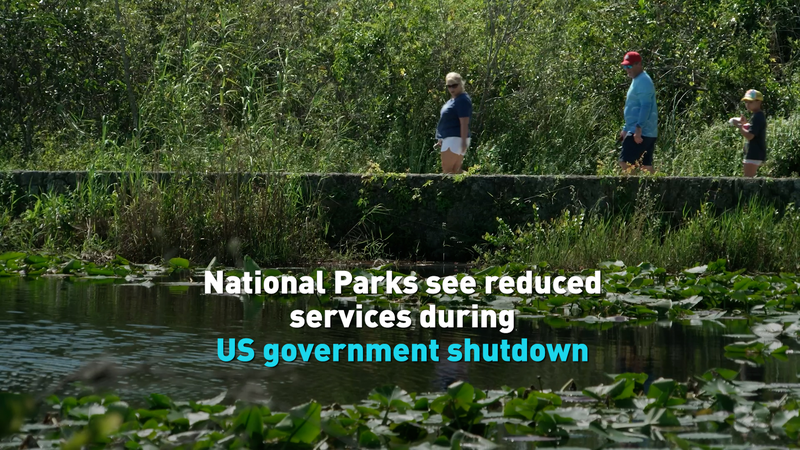When the US government shutdown kicked in, national parks didn’t fully lock their gates—they stayed open but with drastically fewer staff. At Florida’s Everglades National Park, visitor centers are shut, ranger-led tours are on pause, and maintenance crews have been sent home. 🌴🐊
This stealth service cut means trails go unchecked, trash bins overflow, and basic amenities like restrooms and information desks vanish. Imagine your weekend trek in the Sundarbans or Bali’s jungle escapes without fresh maps, clean toilets, or park guides—yikes! 🚧
Park advocates warn that this could leave lasting scars on delicate ecosystems. Without staff to monitor trails and enforce eco-friendly rules, litter piles up, invasive species spread, and wildlife habitats suffer. It’s not just an environmental worry—it’s an economic one too. Local communities around parks rely on tourism bucks, and fewer services translate to fewer visitors and shrinking incomes. 💸🌲
Experts say the quick fix is back in Washington: restart budget talks and get federal funding flowing again. Until then, if you’re planning a US park trip, do your homework—check official updates, bring extra supplies, pack out your trash, and respect the wild. 🏕️👍
For us in South and Southeast Asia, the takeaway is clear: well-funded national parks aren’t just postcard-perfect—they power eco-tourism, support local livelihoods, and protect nature for the long haul. From Nepal’s Chitwan to Malaysia’s Taman Negara, investing in park services means safer adventures and sustainable futures. 🌱💚
Reference(s):
National Parks see reduced services during US government shutdown
cgtn.com



